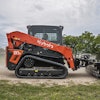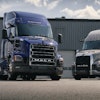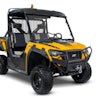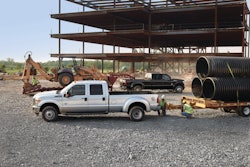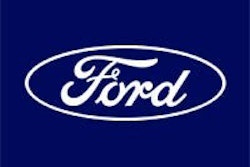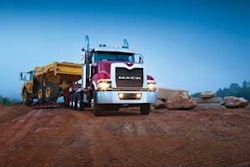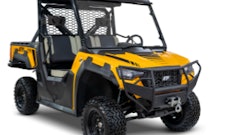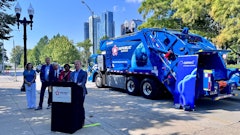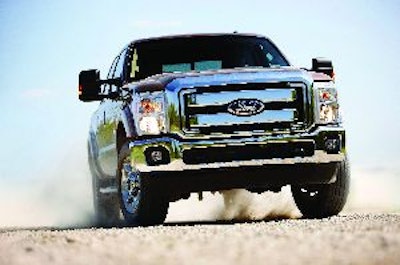
For its 2011 Super Duty trucks Ford has designed and will manufacture its own diesel engine. There is nothing conventional about the new powerplant.
"Core to the design is our new engine block," says Adam Gryglak, lead diesel engineer for the next-generation 6.7-liter Powerstroke. "Where most of the segment offers a conventional cast iron block, we are introducing a new, compacted graphite iron block. It is twice the strength minus the weight."
Aluminum cylinder heads replace conventional cast iron heads. "Our aluminum cylinder heads are key enablers for our weight reduction," says Gryglak. "The overall engine is 160 lbs. lighter than the outgoing product." This leads to direct improvements in payload and hauling capacities.
Airflow through the engine is also a radical departure from conventional diesels. "Our key technology innovation is the introduction of an inboard exhaust system," says Gryglak. "We have flipped the cylinder heads inboard, allowing for shorter runners to the turbo system."
The result is greater efficiency and better performance due to a smaller exhaust volume. "We have achieved about half the total exhaust volume, which leads to improved transient performance, less radiated surface area, improved NVH (Noise, Vibration & Harshness)," Gryglak states. Less radiated area also means improved cooling in the package.
Another innovation is the single sequential exhaust turbocharger, which provides the function of a twin turbo package in a single unit. It features one impeller and two compressor wheels. "It allows for a more responsive system and for seamless transitions," says Gryglak.
"Our turbocharger is mounted directly in the valley of the engine," Scott DeRaad, NVH engineer, elaborates. "Not only is it mounted to a very stiff portion of the engine, it is also mounted on the center housing of the turbocharger, which makes it stiffer. The overall stiffness of the turbocharger keeps vibration of that subsystem from being transmitted in all adjacent components in the engine, making for an overall quieter turbocharger on the engine."
"Another key technology is a 30,000-psi high-pressure fuel injection system," Gryglak adds. "The higher system pressures allow us to deliver power, torque and fuel gains."
To achieve tailpipe emissions, Ford is introducing a selective catalytic reduction (SCR) aftertreatment system. "The overall system is packaged in an in-line torpedo fashion," says Gryglak. "We also have a DEF tank that supplies the urea dosing injector. We have aligned our DEF service interval to match with the oil change interval on the platform. Our oil change interval is 7,500 miles."
In addition to the new diesel, the company is also beefing up its 6.2-liter gasoline V8 engine. "It has bigger pistons. It has bigger intake valves and bigger intake and exhaust manifolds," notes Chris Brewer, Super Duty chief nameplate engineer. "The result is a more powerful and more durable powerplant capable of running conventional gasoline, as well as E85 fuel."
Both Super Duty engines are mated with an all-new TorqShift six-speed transmission. "Bigger and stronger gears allow this automatic transmission to handle the extra power and torque that our new engines will produce," says Brewer. A new feature is a live drive power take-off. "Live drive PTO enables a transmission to power auxiliary equipment while idling and, more importantly, while on the move."
Next Pickup Trucks Technologoy Article: General Motors Focuses on Fuel Savings for 2011 Chevy and GMC Trucks
Previous Pickup Trucks Technology Article: Toyota Trucks Deliver Efficient Gas Engines

